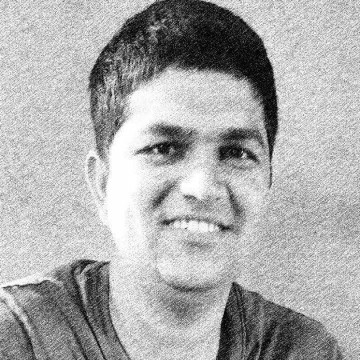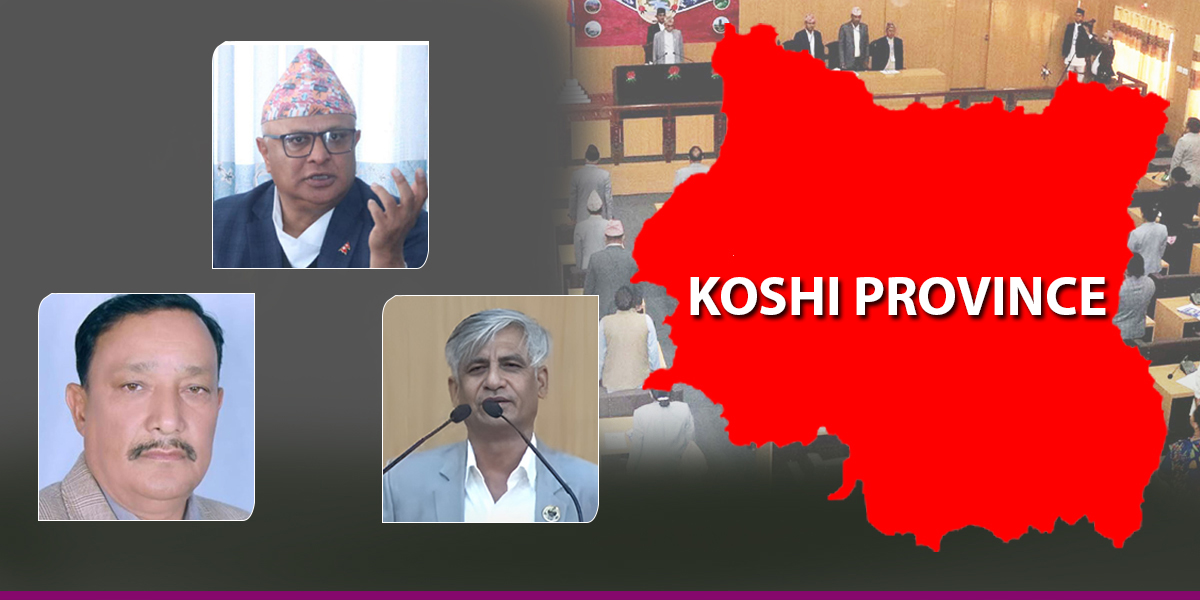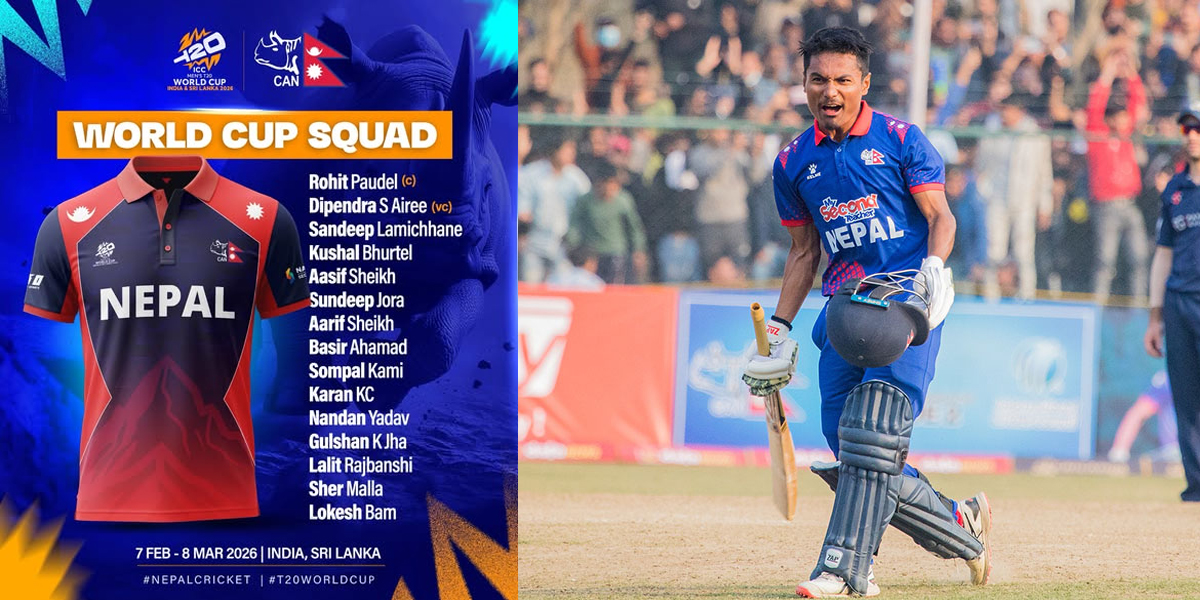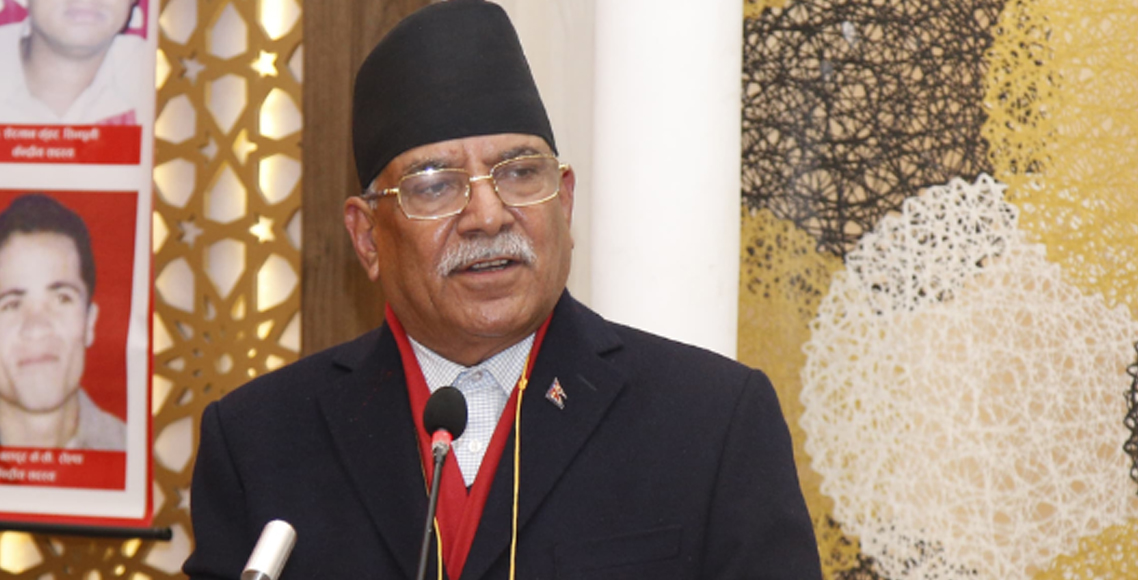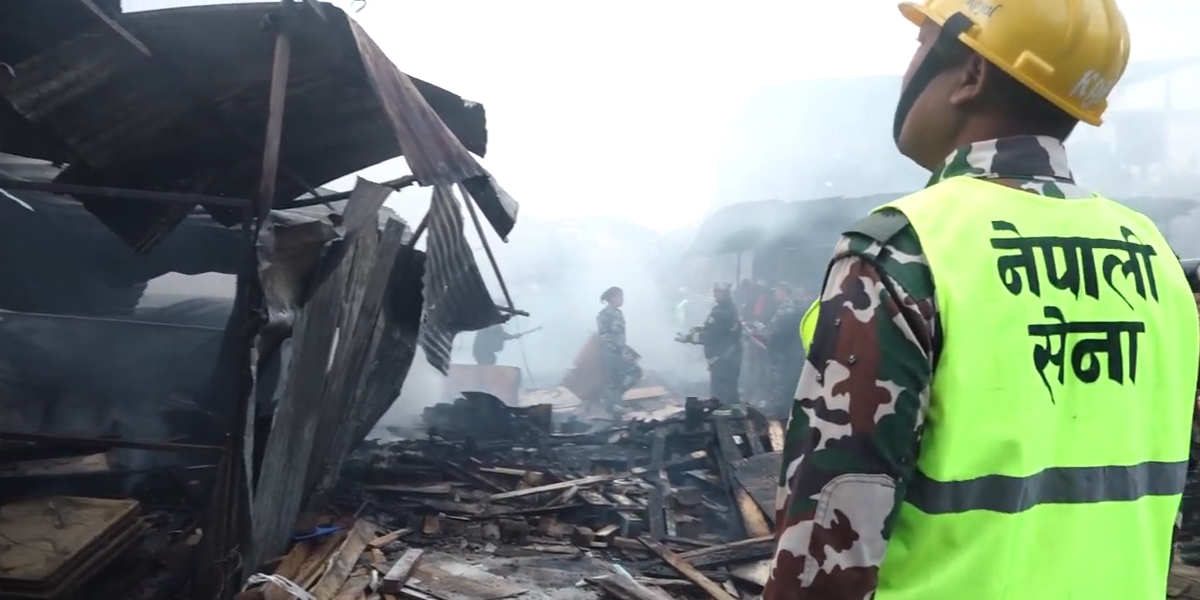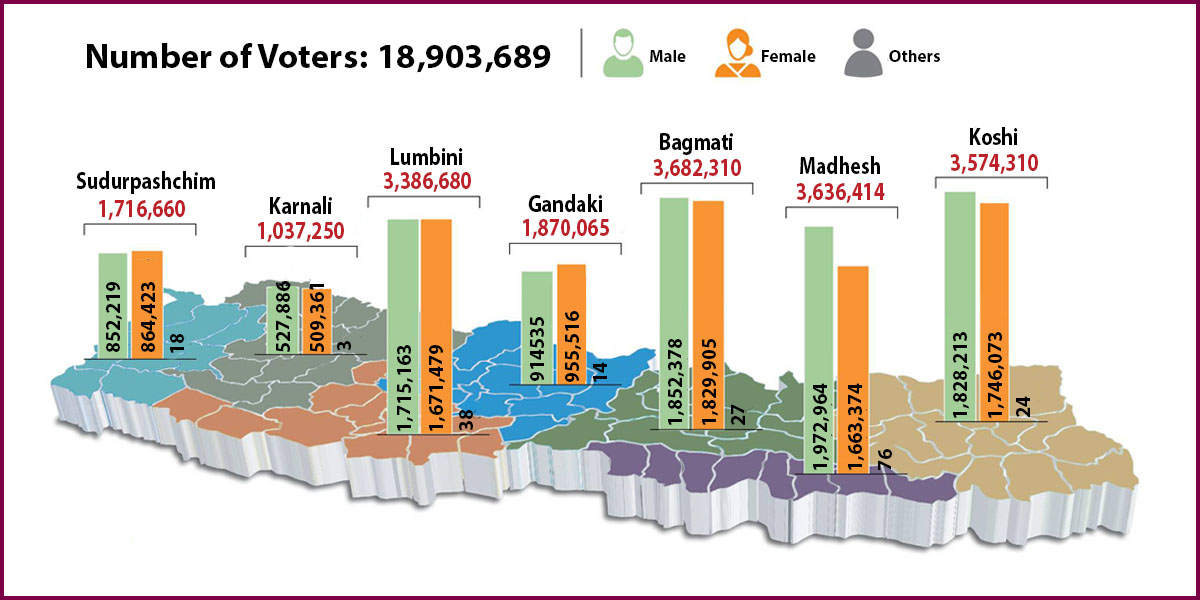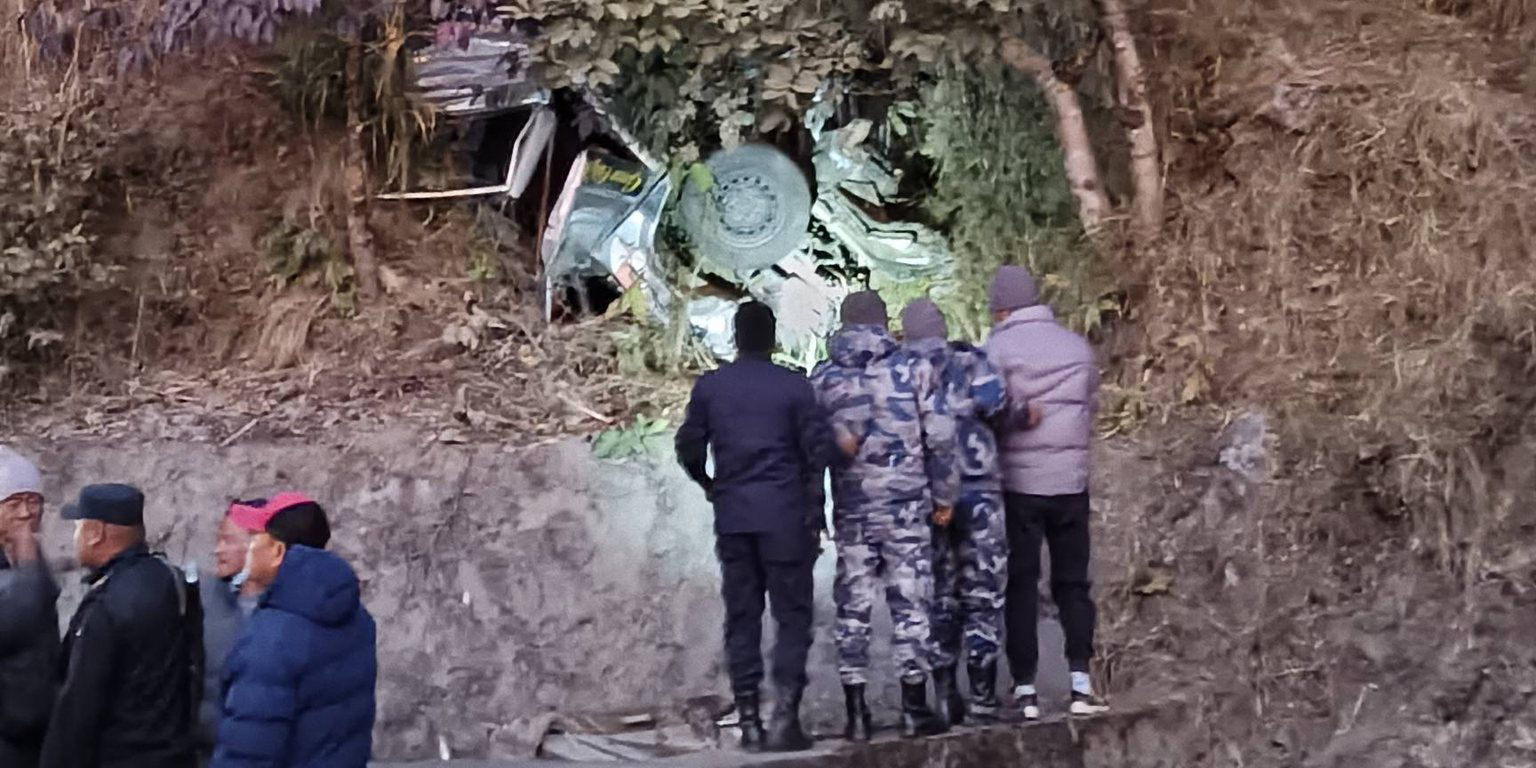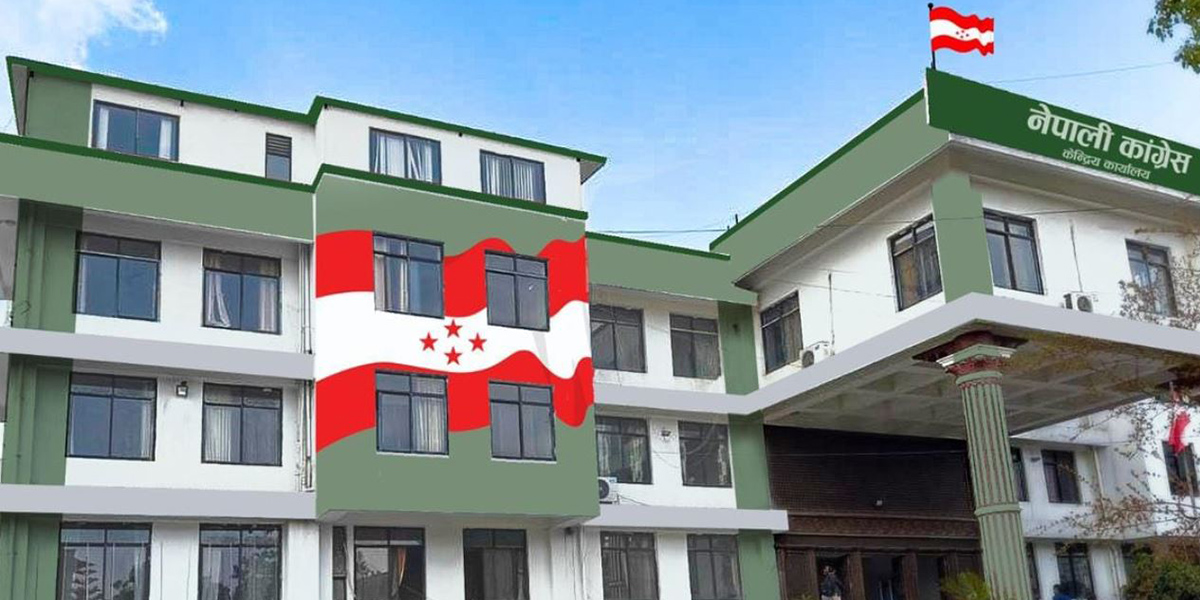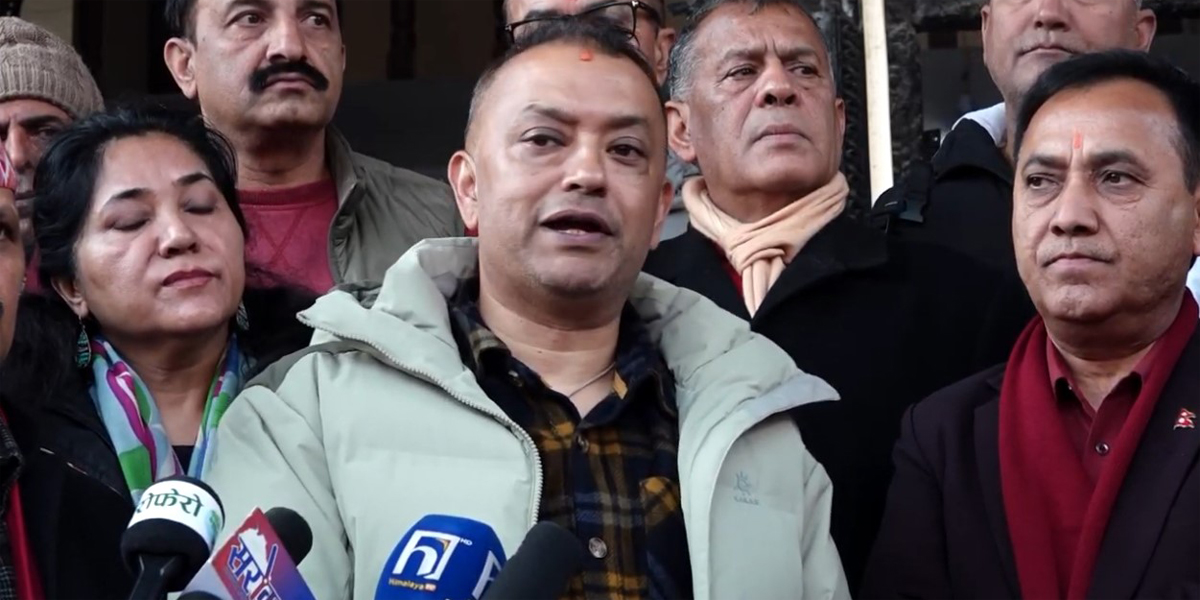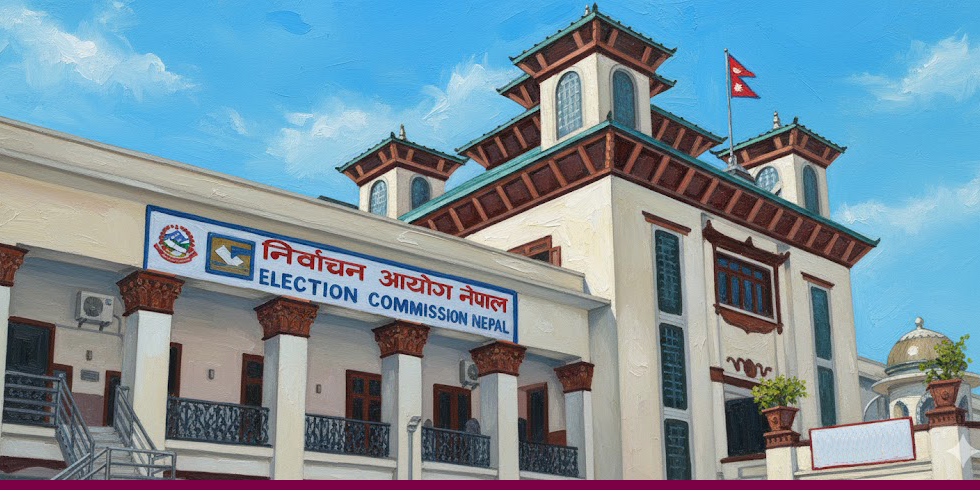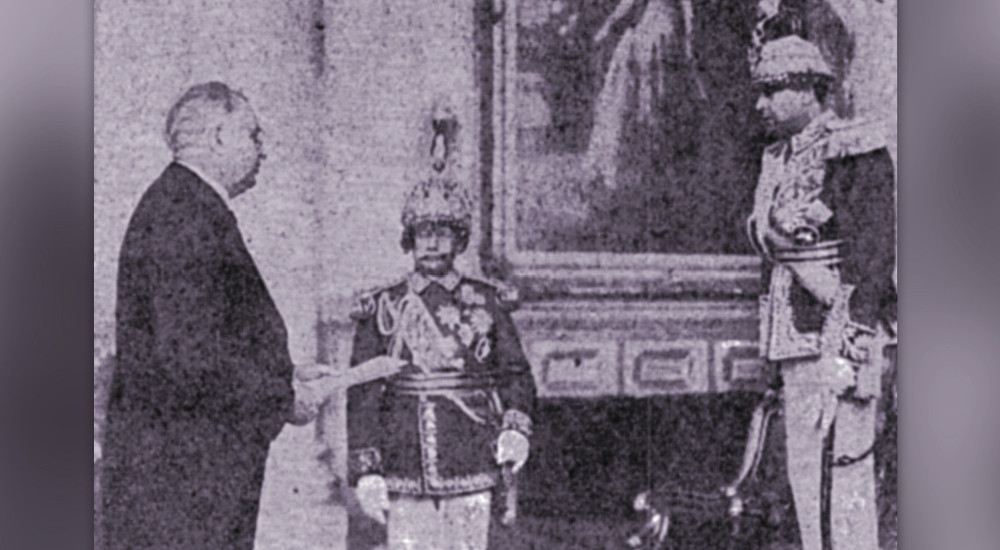
KATHMANDU: Newly-appointed US ambassador to Nepal, Dean R Thompson, submitted his letter of credence to President Bidya Devi Bhandari on Friday. Thompson is the 27th US ambassador for Nepal.
Here we are trying to present details of the first US ambassador to Nepal and the Nepal-US diplomatic history.
Dr Henry F Grady was the first US ambassador to Nepal. He was appointed the US envoy for Nepal 74years ago. He submitted his letter of credence to King Tribhuvan on May 3, 1948. A team of six diplomats led by Grady used to oversee Nepal affairs from the US Embassy in New Delhi. The US opened its embassy in Nepal only in 1959.
The formal diplomatic relations between Nepal and the US began with the signing of the Friendship and Commerce Agreement on April 25, 1947. One year later, the two countries announced to open their legations in each other’s countries. On February 3, 1949, Nepal designated its ambassador to the United Kingdom, General Kaiser Shumsher JBR, as Envoy Extraordinary and Minister Plenipotentiary to the United States. But the US hadn’t named its ambassador for Nepal till that time. (The New York Times, February 4, 1948).
Nepal’s first ambassador to the US, Kaiser Shumsher JBR, submitted his letter of credence to President Truman on February 19.
Kaiser Shumsher JBR left for the US from London on board the Queen Elizabeth passenger liner. US president Harry Truman on February 11, 1948, named US Ambassador to India, Dr Henry F Grady, as the US ambassador for Nepal. Grady, who hailed from San Francisco, held a PhD in Economics from Columbia University. He was appointed US ambassador for India in 1947. Later, he also led US missions in Iran and Spain.
Nepal’s first ambassador to the US, Kaiser Shumsher JBR, submitted his letter of credence to President Truman on February 19.
Dr Grady left New Delhi for Kathmandu on April 24, 1948, to submit his credentials. Though it was the first visit of the US ambassador to Nepal, it was the third US delegation to visit Nepal. The first delegation was led by George R Merrel in 1945, while a team led by Joseph C Satterthwaite came to Nepal in 1947 to sign the Friendship and Commerce Treaty.
Dr Grady was leading a seven-member team to Nepal from New Delhi. The team flew to Lucknow from Delhi and took a train to Raxaul the next day. The same day it reached Bhimphedi via Birgunj and stayed there. Talking to Birgunj correspondent of Gorkhapatra, Dr Grady said:
“Although Nepal is a small country, it has a big name in the world. We have studied the history of the heroism of the government and the people here. We have seen it ourselves. Pursuing heroism is not to get benefits only, it is also a duty of mankind. That is why our President has appointed me to submit a letter of credence to the Government of Nepal in order to maintain a close friendship with Nepal and Nepalis. This will probably be done on Wednesday or Thursday. We will reach Nepal tomorrow and submit the letter of credence to the government. I am based in Delhi as the US Ambassador to India. I have also been appointed as the ambassador for Nepal. I will return to Delhi after staying in Nepal for seven days. It is a pleasure to be a guest of Nepal.” (Gorkhapatra, April 28, 1948)
The government had arranged a bungalow in Bhimphedi for the entourage. Lieutenant Colonel Mukunda Bahadur Basnet and Major General Padam Jung Thapa were deputed to Bhimphedi to make necessary arrangements. Since the road ended in Bhimphedi, the delegation members rode horses and were even carried in palanquins. They reached Thankot on April 27. They were accorded a warm welcome by Major General Sharada Shumsher JBR.
Nepal’s Prime Minister Padma Shumsher had left for India for treatment in February. Many say he was forced to leave the country. But since he hadn’t tendered his resignation yet, Mohan Shumsher wasn’t declared the prime minister yet. But he was discharging the responsibility of the commander-in-chief and the prime minister. He was formally declared prime minister on April 30.
When the US delegation reached Chhauni, Dr Grady was given a 17-cannon salute. Nepal used to offer cannon salutes to foreign ambassadors leaving or entering the country at Chhauni.
Mohan Shusmher’s personal secretary General Shankar Shumsher was at the government guest house in Tripureshwor to welcome the delegation and deliver a message sent by Mohan Shumsher.
Dr Grady and his wife disembarking from an aircraft at the New Delhi airport in 1949. Photo Courtesy: Wikipedia
At that time, foreign guests used to stay at the British Embassy in Lainchaur or the government guest house at Tripureshwor. Lord Mountbatten, who became the British government’s last governor general and viceroy in India in 1947, had stayed in Bahadur Bhawan, which houses the Election Commission now, during his Nepal visit in 1946.
Dr Grady was scheduled to submit his letter of credence on May 3. During his stay in Nepal, he held a long discussion with the Director General of the Foreign Affairs Department Bijay Shumsher JBR.
On May 3, Dr Grady reached Gaddi Baithak in Hanuman Dhoka from the state guesthouse on a four-horse carriage. After the carriage reached Hanuman Dhoka, he received an honor salute offered by a troop of the Nepal Army. King Tribhuvan, Crown Prince Mahendra, Prime Minister Mohan Shumsher and Commander-In-Chief Baber Shumsher, commanding generals and others were present at Gaddi Baithak for the letter of credence ceremony. British ambassador to Nepal Sir George Falconer and Indian ambassador to Nepal Surjit Singh Majithiya were the only foreign diplomats present on the occasion.
Dr Grady submitted his letter of credence as the first US ambassador to Nepal at 1:31 pm.
Commander in Chief Baber Shumsher addressed the gathering on behalf of King Tribhuvan. He said:
We have fought many wars against the common enemy as inseparable friends for the purpose of world peace. Our friendship has become more intimate due to several friendly engagements. This delegation led by you is the latest in those engagements which we welcome. We very much hope that this cordial friendship between the two countries will grow further. (Gorkhapatra, May 5, 1948)
In Birgunj, Dr Grady told the correspondent of Gorkhapatra that Nepal is a very beautiful country and that he was very happy to receive a grand welcome from the Nepali government.
In response, Dr Grady said that he was certain that he could expect to receive the cooperation of the Nepali government in the endeavors of “my government to preserve world peace in these hard times when the shadow of totalitarianism looms so large on the world horizon.”
“Nepal and the US”, he added, “Are apart geographically. Despite the distance between them and the differences in their history and culture, our two peoples have much in common. Nepalis and Americans both cherish their freedom. Although peace-loving peoples, they are both willing to fight to preserve this freedom against external aggression. I am confident that in the field of international relations, our fundamental objective is identical-the preservation of world peace.” (The Indian Express, May 6, 1948)
The US delegation left Kathmandu for New Delhi at 7 am on May 6, 1948. It reached Birgunj on May 7. In Birgunj, he told the correspondent of Gorkhapatra that Nepal is a very beautiful country and that he was very happy to receive a grand welcome from the Nepali government.
Through the correspondent, he also extended a message of greetings to Prime Minister Mohan Shamsher, the Government of Nepal on behalf of the US government. He left New Delhi a few months later after he was appointed as the US ambassador to Greece.
Dr Grady served a very short team as the US ambassador to Nepal. His visit to submit the letter of credence was his only visit to Nepal. After Dr Grady, the US government appointed Loy W Henderson as its ambassador for Nepal. Henderson submitted his letter of credence to King Tribhuvan on December 2, 1948.

